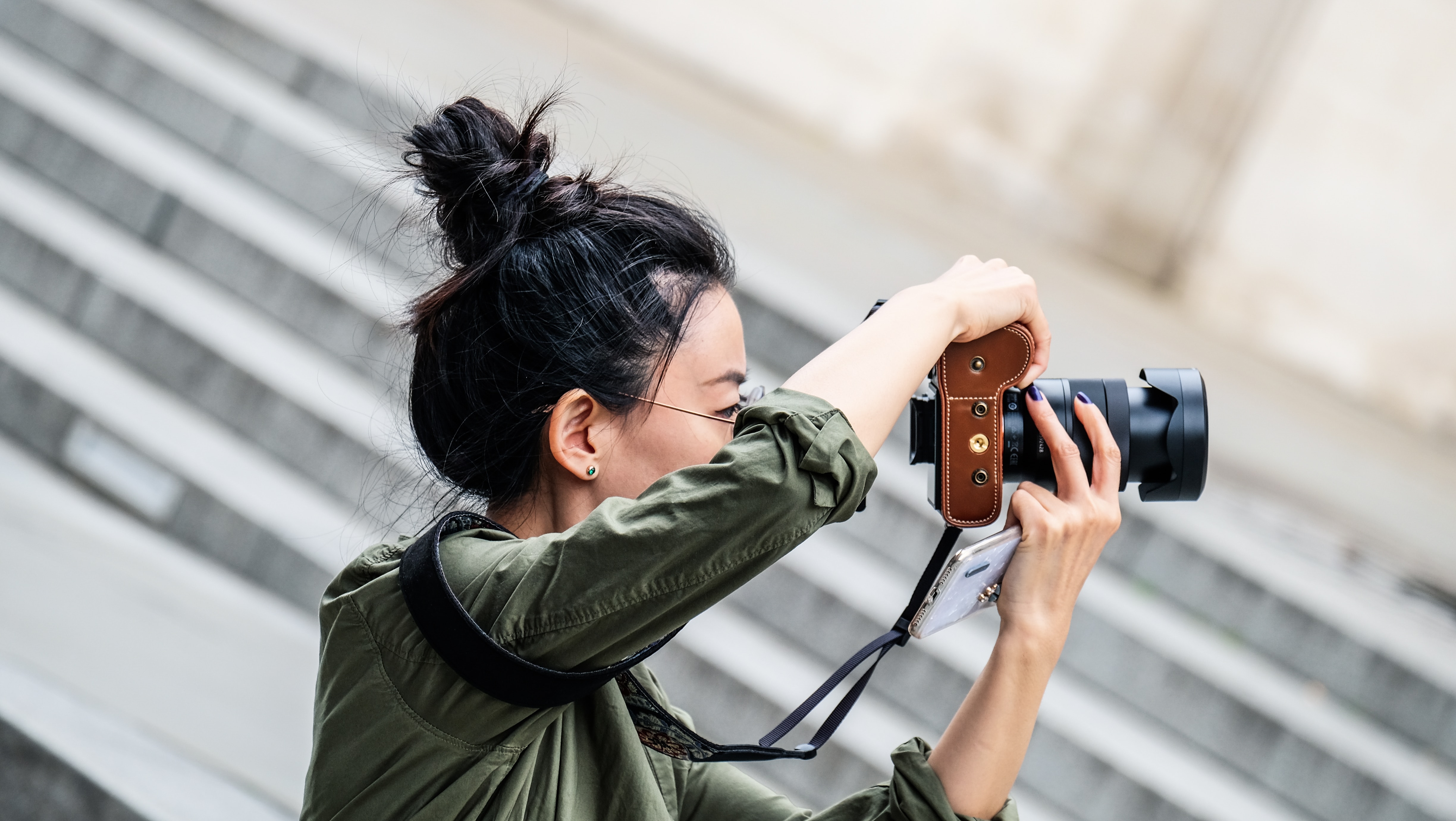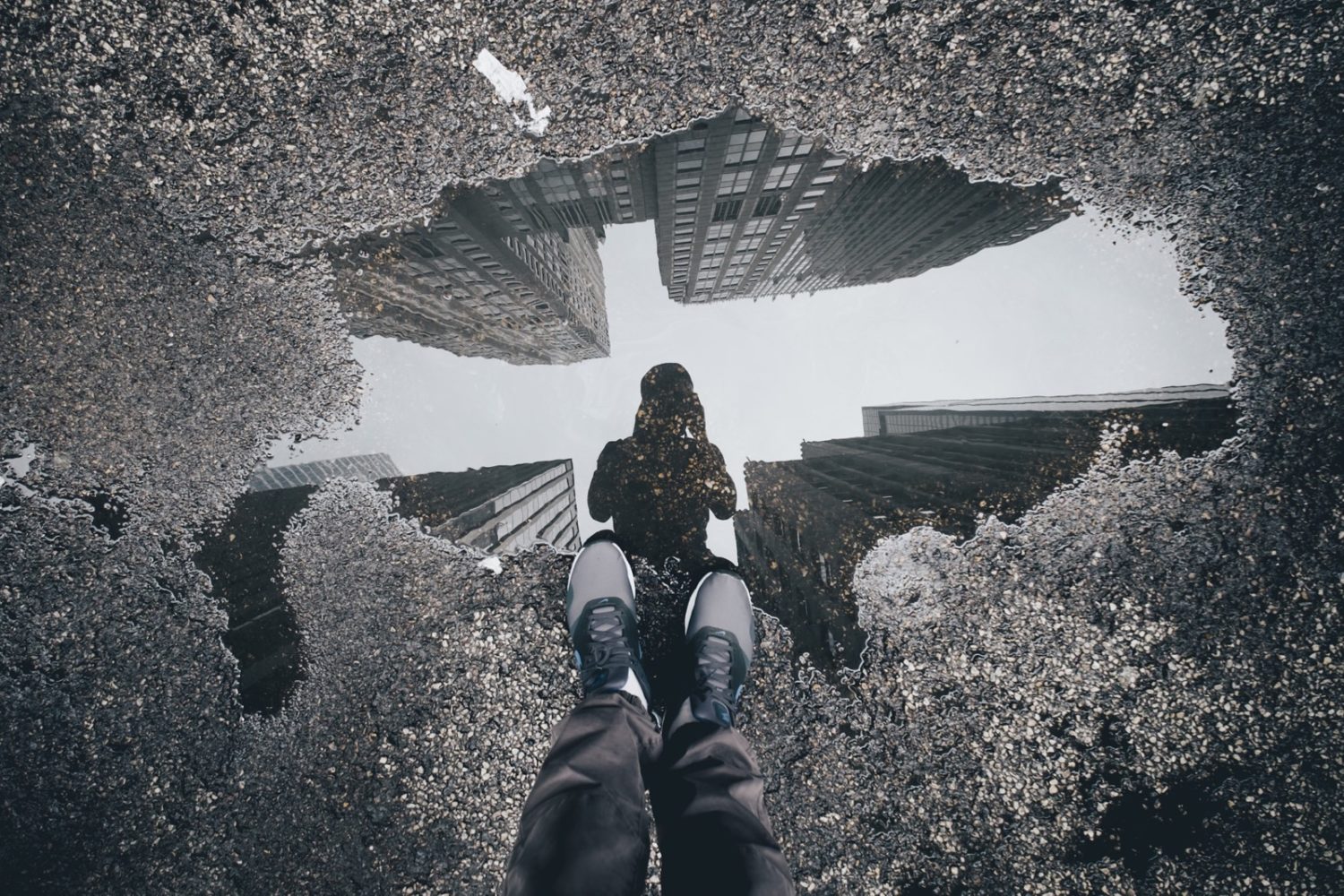Some Ideas on Product Photography You Need To Know
Table of ContentsThe Best Strategy To Use For Product PhotographyThe Only Guide for Product PhotographySee This Report about Product Photography
Russian professional photographer Sergei Mikhailovich Prokudin-Gorskii made extensive use of this color separation technique, employing a special cam which successively exposed the three color-filtered images on various parts of an oblong plate. Since his direct exposures were not simultaneous, unstable topics exhibited color "fringes" or, if quickly moving through the scene, appeared as brilliantly colored ghosts in the resulting forecasted or printed images.

Autochrome plates incorporated a mosaic color filter layer made from colored grains of potato starch, which enabled the 3 color components to be tape-recorded as nearby microscopic image fragments. After an Autochrome plate was reversal processed to produce a favorable transparency, the starch grains served to brighten each piece with the proper color and the tiny colored points combined together in the eye, manufacturing the color of the subject by the additive approach.
Kodachrome, the very first contemporary "important tripack" (or "monopack") color film, was presented by Kodak in 1935. It captured the 3 color elements in a multi-layer emulsion. One layer was sensitized to tape the red-dominated part of the spectrum, another layer tape-recorded only the green part and a 3rd tape-recorded just heaven.
Agfa's likewise structured Agfacolor Neu was introduced in 1936. Unlike Kodachrome, the color couplers in Agfacolor Neu were integrated into the emulsion layers during manufacture, which greatly streamlined the processing. Presently, offered color films still use a multi-layer emulsion and the exact same concepts, a lot of carefully resembling Agfa's product. Instantaneous color film, used in an unique video camera which yielded a special completed color print only a minute or 2 after the direct exposure, was introduced by Polaroid in 1963.
The latter is now the most common type of movie (non-digital) color photography owing to the intro of automated image printing equipment. After a transition duration focused around 19952005, color film was relegated to a specific niche market by affordable multi-megapixel digital cams. Movie continues to be the preference of some photographers because of its distinctive "look".
Some Known Incorrect Statements About Product Photography

Digital imaging uses an electronic image sensor to tape-record the image as a set of electronic data rather than as chemical modifications on film. An essential distinction between digital and chemical photography is that chemical photography withstands picture adjustment due to the fact that it includes movie and photographic paper, while digital imaging is a highly manipulative medium.
Photography on a smart device Digital photography dominates the 21st century. More than 99% of photos taken around the globe are through digital video cameras, increasingly through smartphones. Synthesis photography belongs to computer-generated images (CGI) where the shooting process is modeled on genuine photography. The CGI, producing digital copies of genuine universe, requires a graph process of these universes.
With the attributes of the genuine photography however not being constrained by the physical limitations of real life, synthesis photography enables artists to move into areas beyond the grasp of real photography. Angles such as vertical, horizontal, or as visualized here diagonal are thought about essential photographic strategies A big variety of photographic methods and media are used in the process of catching images for photography.
The video camera is the image-forming device, and a photographic plate, photographic movie or a silicon electronic image sensing unit is the capture medium. Product Photography. The particular recording medium can be the plate or movie itself, or a digital magnetic or electronic memory. Professional photographers control click over here now the electronic camera and lens to "expose" the light recording product to the needed quantity of light to form a "hidden image" (on plate or film) or RAW file (in digital video cameras) which, after appropriate processing, is converted to a functional image.
The resulting digital image is saved electronically, however can be recreated on a paper (Product Photography). The camera (or 'cam obscura') is a dark room or chamber from which, as far as possible, all light is excluded except the light that forms the image. It was try this out found and utilized in the 16th century by painters.
The Best Strategy To Use For Product Photography
Electronic cameras can vary from small to huge, an entire space that is kept dark while the things to be photographed is in another space where it is appropriately brightened. This was common for reproduction photography of flat copy when big movie negatives were utilized (see Process cam). As quickly as photographic products ended up being "quickly" (delicate) enough for taking honest or surreptitious images, small "detective" electronic cameras were made, some actually disguised as a book or handbag or pocket watch (the Ticka cam) or even used concealed behind an Ascot necktie with a tie pin that was actually the lens.
In contrast to a like it still cam, which catches a single photo at a time, the motion picture cam takes a series of images, each called a "frame". This is accomplished through an intermittent mechanism. The frames are later on repeated in a movie projector at a specific speed, called the "frame rate" (number of frames per second).
Photographs, both monochrome and color, can be captured and displayed through 2 side-by-side images that replicate human stereoscopic vision. Stereoscopic photography was the very first that caught figures in motion. While understood colloquially as "3-D" photography, the more accurate term is stereoscopy. Such video cameras have actually long been understood by using movie and more recently in digital electronic methods (including cell phone video cameras).